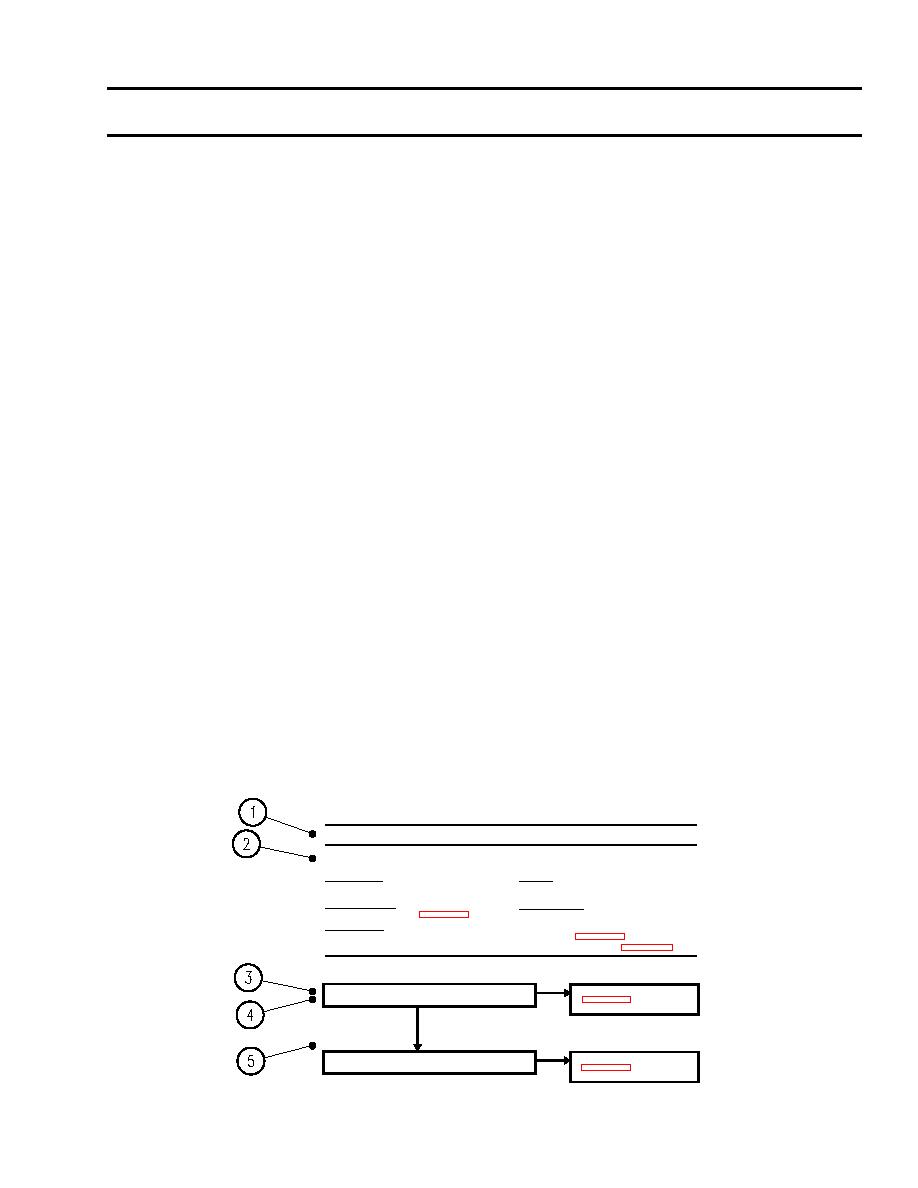 |
|||
|
|
|||
|
Page Title:
INTRODUCTION TO HOW TO USE TROUBLESHOOTING |
|
||
| ||||||||||
|
|
 TM 9-2520-238-34
INTRODUCTION TO HOW TO USE TROUBLESHOOTING
0004 00
PURPOSE
The purpose of direct and general support maintenance level troubleshooting is to diagnose carrier problems which are
reported to direct and general support maintenance. Troubleshooting tasks in this manual are common to all M113 FOV
carriers except where indicated. You should not begin direct and general support maintenance troubleshooting until all
operator and unit troubleshooting procedures have been completed. You will perform four actions in direct and general
support maintenance troubleshooting:
(1) Before starting a troubleshooting task, verify that the reported problem is present in the carrier.
(2) After verifying the symptom, find the part that is causing the problem.
(3) Replace or adjust that part.
(4) Check to make sure the problem no longer exists, and that there are no other problems.
DEFINITIONS AND DESCRIPTIONS OF TROUBLESHOOTING PROCEDURES
Troubleshooting tasks always have a beginning and an end. You will use task steps, test procedures, indexes, maintenance
tasks, and other technical manuals to troubleshoot. Troubleshooting uses the following terms that are not used in other kinds
of tasks:
The part that is not operating correctly and is causing the problem.
1. FAULT:
The problem reported to direct and general support maintenance.
2. SYMPTOM:
After you have completed the corrective action, you must verify that no faults exist.
3. VERIFY NO FAULTS
If the fault condition still exists, then the fault is not fixed or there is another fault.
FOUND:
If this happens, start at the beginning of the troubleshooting procedure until you
find and correct all faults. Always operate the system and/or carrier to make sure
that you have corrected the reported problem. If troubleshooting does not identify a
faulty part, the carrier is defective beyond the level of direct and general support
maintenance.
TROUBLESHOOTING BASICS
Troubleshooting Procedure
A troubleshooting procedure serves as a starting point for your troubleshooting work. You will branch in and out of
procedures as you work to find a fault. Also, you will correct the fault, and check that the fault has been corrected. The parts
of a troubleshooting procedure are given below.
TM 9-2520-238-34
0010 00
DIFFERENTIAL MAKES EXCESSIVE NOISE OR VIBRATES WHILE MOVING
INITIAL SETUP:
Maintenance Level
References
Direct/General Support
See your-20
Tools and Special Tools
Equipment Condition
General mechanic's tool kit (WP 0034 00, Item 37)
Differential removed from carrier (See your -20)
Personnel Required
Disassemble for inspection per repair differential right
angle gearbox (WP 0029 00)
Track Vehicle Repairer
Repair output shaft assemblies (WP 0025 00)
T
TN
NO
1. Inspect bevel gear backlash to see if it has been adjusted.
1. Adjust bevel gear backlash
2. Has bevel gear backlash been adjusted?
2. Verify no faults found.
YES
Y
YN
NO
1. Inspect shaft gear bearing to see if it has been adjusted.
1. Adjust shaft gear bearing
2. Has shaft gear bearing been adjusted?
2. Verify no faults found.
0004 00-1
|
|
Privacy Statement - Press Release - Copyright Information. - Contact Us |